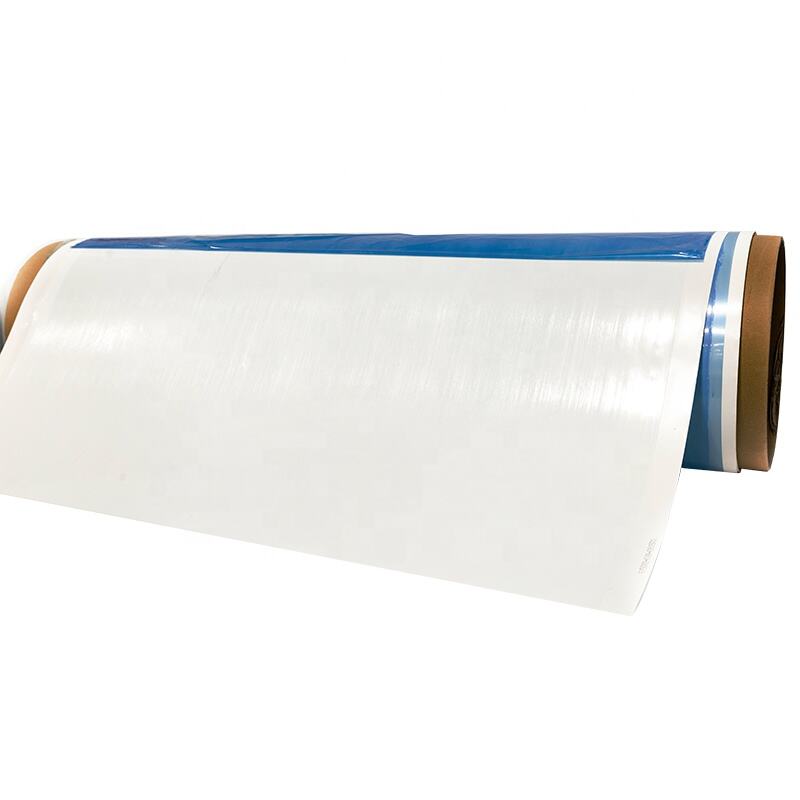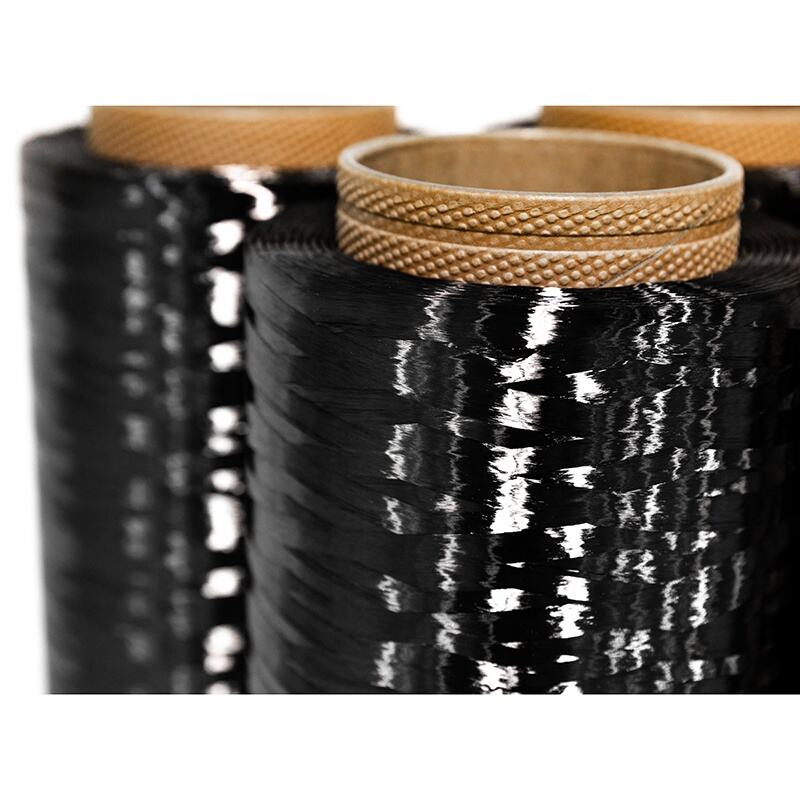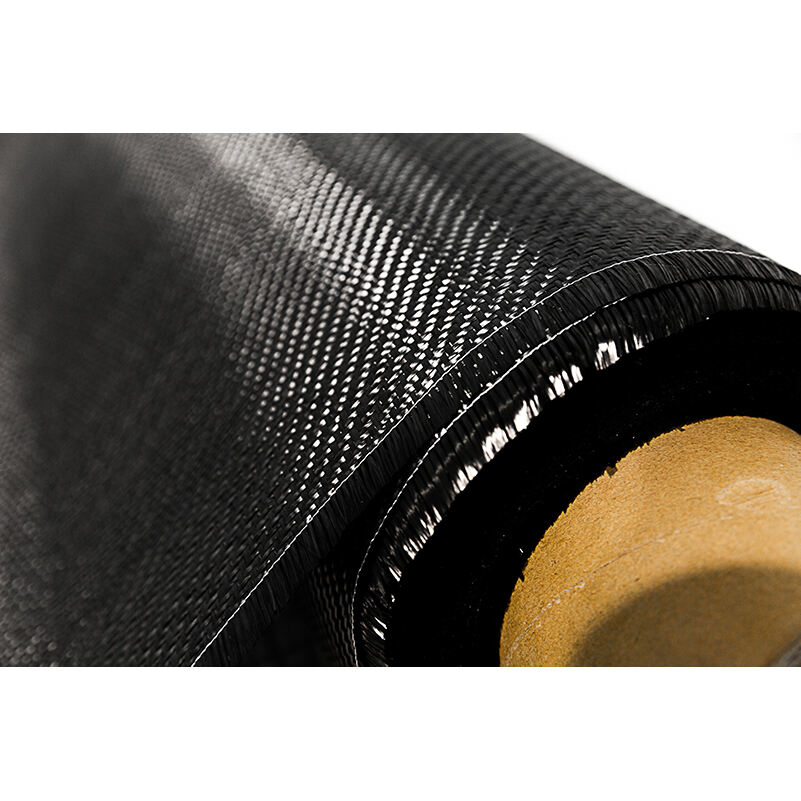carbon fibre use
Carbon fibre represents one of the most significant advances in materials science, offering an exceptional combination of strength, lightweight properties, and versatility. This revolutionary material consists of extremely thin fibers about 0.005-0.010 mm in diameter, composed primarily of carbon atoms. The manufacturing process involves oxidation and carbonization of precursor materials at high temperatures, resulting in a material that is five times stronger than steel while being significantly lighter. In modern applications, carbon fibre is typically used in composite form, where the fibers are embedded in a polymer matrix to create carbon fibre reinforced plastic (CFRP). This composite material finds extensive use across various industries, from aerospace and automotive to sporting goods and consumer electronics. The material's high strength-to-weight ratio makes it ideal for applications where weight reduction is crucial without compromising structural integrity. In the automotive and aerospace sectors, carbon fibre components contribute to improved fuel efficiency and enhanced performance. The material's fatigue resistance and durability also make it valuable in high-stress applications, such as wind turbine blades and construction reinforcement. Additionally, carbon fibre's aesthetic appeal, characterized by its distinctive weave pattern, has made it popular in luxury goods and high-end consumer products.


